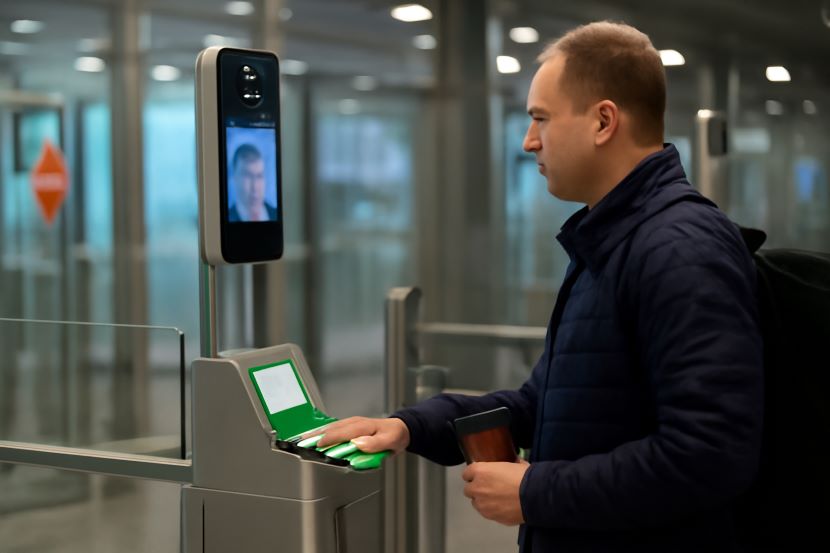Published on
October 11, 2025
Strategically set for unveiling on October 12th, 2025, the European Union has spent the last few years preparing for the absolute overhaul of border control with the introduction of the much-anticipated EU’s Entry/Exit System. Along with replacing traditional passport stamps with biometric data, the new system has the possibility of modifying the border control experience of travelers from Non-EU countries entering the Schengen region considerably. We have noted below the essentials for travelers entering the Schengen region for the first time.
Key Changes at the Border
The new EES mandates that all non-EU nationals traveling to the Schengen Area for short stays (up to 90 days within any 180-day period) provide biometric data, including fingerprints and facial scans. This data will be stored for up to three years in most cases, ensuring smoother and quicker border checks during future visits.
Border authorities will use this data to track entries and exits, making it easier to detect overstays and identify individuals with fraudulent documents.
Phased Rollout Across Europe
The system will not be implemented all at once. Starting on October 12, 2025, travelers entering the Schengen Area from outside Europe will be required to provide their passports, fingerprints, and photographs at border checkpoints. However, the rollout will take place gradually over six months, until April 2026, to prevent congestion and allow authorities to fine-tune the system.
Large countries like France and Germany will initially perform only a limited number of biometric checks to avoid long waiting times. Smaller nations such as Luxembourg and Estonia, however, will fully implement the system from day one. Croatia, Slovenia, and other countries will phase in the new requirements at different speeds.
Implementation in Border Regions
By the end of 2025, countries like Croatia will begin collecting biometric data for only a few hours per day before transitioning to full implementation in December. Slovenia will gradually roll out the system at its major border checkpoints, including airports and sea ports.
Travelers from non-Schengen countries such as North Macedonia and Albania are also being encouraged to familiarize themselves with the new procedures before their trips to avoid delays.
Potential Delays and How to Prepare
Despite the system’s potential to streamline border checks in the long run, there are concerns about initial delays as travelers adjust to the new process. The introduction of biometric data collection at busy airports and train stations may lead to longer waiting times, especially in the early days of the rollout.
However, authorities have indicated that they are prepared to handle any unforeseen issues. Temporary suspensions of the system will be possible if necessary to prevent excessive congestion at border crossings.
As the system gradually expands, travel during the low season for international flights will likely help reduce pressure on airports and checkpoints. Travelers should expect the system to be fully operational by April 2026.
What Travelers Should KnowBiometric Data: Non-EU travelers must provide fingerprints and facial photos at the border, starting October 12, 2025.Gradual Rollout: The system will be phased in over six months, with larger countries starting with limited checks.Data Storage: Biometric data will be stored for up to three years to facilitate quicker checks in future trips.Travel Authorizations: The ETIAS system will be introduced in 2026, requiring travelers to apply online for authorization before travel.
For additional information on the EES and ETIAS systems, travelers should consult official EU resources, including the European Commission website.
Advantages of the New System
Eliminating the Schengen Free Movement Agreement generated the greatest EU internal border control improvement. Enhanced security on tracking non-EU travelers does serve an EU Active Counter Irregular Migration Policy. EES is expected to mitigate visa abuse and non-compliance overstays. monitors noncompliance time overstays.
For Border Control, the ETIAS is the first fully online Travel Authorization System Similar to the US Electronic System for Travel Authorization (ESTA). ETIAS is expected to increase border security pre-check and online payment systems.
